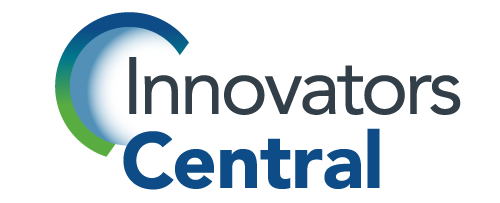The payback on R&D is not a linear relationship relative to revenue. In many cases, it may take years to see results for the viability of a new product or service, much less profitability. And it is not uncommon for those initial years to see no results at all resulting in a loss on invested dollars. However, the opposite can be true as well, with big advances and new revenue coming on the heels of a short investment of time for new development projects.
Success or failure of R&D projects can be disproportionate to investment. Because of this element of risk, it is hard to value on a yearly fiscal basis. This often makes projects subject to tighter owner or executive scrutiny that may or may not hinge on deferred value but is instead measured on current year bottom lines.
Types of R&D
R&D is also not monolithic. Different companies undertake research for different reasons and for different intended outcomes. It may also vary from industry to industry by degree, with some commodified industries needing little aside from process and automation improvement to industries where new products and services are their lifeblood.
Depending on which strategy a company utilizes, there are three basic types of R&D:
Basic – A company may want to understand a specific area or application within their industry. This focus may serve little in the way of commercial value, but rather helps inform a company’s business strategy or marketing efforts or allows them to position themselves for expert opinion and analysis within their industry.
Applied Research – In applied research, a company may want to focus on customer pain points or industry shortfalls to identify solutions or new products needed for solutions. This research can lead to more specific projects to address those solutions and commercialize them for profit.
Development – Development is perhaps the one people associate with R&D the most. In development, the research accumulated is put forth as a roadmap to drive new products, material improvements, new processes, and new systems. It may also include design, prototyping and engineering to bring the new product to market.
Pros of R&D
As in all activity in business, there are pros and cons associated with the activity of R&D within a company. Pros may include:
Innovation – R&D is by its nature innovation in action. It is the activity within companies and industries that results in new products and services that are often new and unique. Or it may be a generational improvement on existing technology. By innovating through the R&D process, companies can gain market share and increase profitability.
Intellectual Property – Intellectual Property (IP) is often generated through R&D efforts and is a valuable aspect of its function. IP may be in the form of patents which gives the company a short-term monopoly on production of a good or service. It can also take the form of Trade Secrets; whereby proprietary formulations, code, or processes give the company a competitive advantage over competition.
Catching a Wave – All industries have trends specific to them and the products they represent. These trends may be regional, seasonal, or event-based such as a successful new product introduction. Because of this, companies usually don’t operate in the dark or in isolation. By matching knowledge of trends gained through market research, a company can catch a wave for a trend and focus R&D within that space.
Tax Benefits – Most countries provide a variety of tax benefits for companies investing in R&D. These may range from absolute write-offs to proportional tax credits that can be rolled into subsequent years. They may also offer industry specific tax benefits for industries such as agriculture, defense, or the environment. And in most cases, R&D helps reduce overall corporate taxes.
Cons of R&D
R&D can come with cons as well. Cons of R&D include:
Timing – Regardless of company size, timing matters. For industries with established products and slow growth, a company may choose in-house R&D to address improvements and new products. But in industries where the growth curve and demand are steep, they may require third-party assistance in development lest they risk missing the window for new products.
Risk – As mentioned above, R&D efforts may fall short of the desired results or fail altogether, taking with it the capital invested in the research. This risk is the driver of many cost/benefits strategies within many industries concerning R&D.
Cost – R&D can be an expensive endeavor. This is especially true for small and medium sized businesses (SMBs) who may not have the resources to conduct extensive R&D over a protracted time.
Fast Second Attacks – SMBs who are agile, innovative, and R&D forward are often the focus of fast-second strategies by larger companies. These larger competitors may wait until a new product is launched and then rush a version of their own to market. This diminishes the benefits of R&D by smaller companies who may struggle to defend themselves against infringement based on their market position or control and formalization of their IP.
R&D comes with both pros and cons. Because it requires an investment in skillsets suited for research and development, it is intricately related to recruitment and project management skills which bring HR and process management into the equation.
How companies develop their strategy for R&D can help them maximize the pros and minimize the cons to find a path to success. The Henry Bernick Entrepreneur Centre (HEBC) of Georgian College can offer assistance, consultation, and insight into implementing the right strategy for your business’ R&D initiatives to choose what works best for you and your company.









